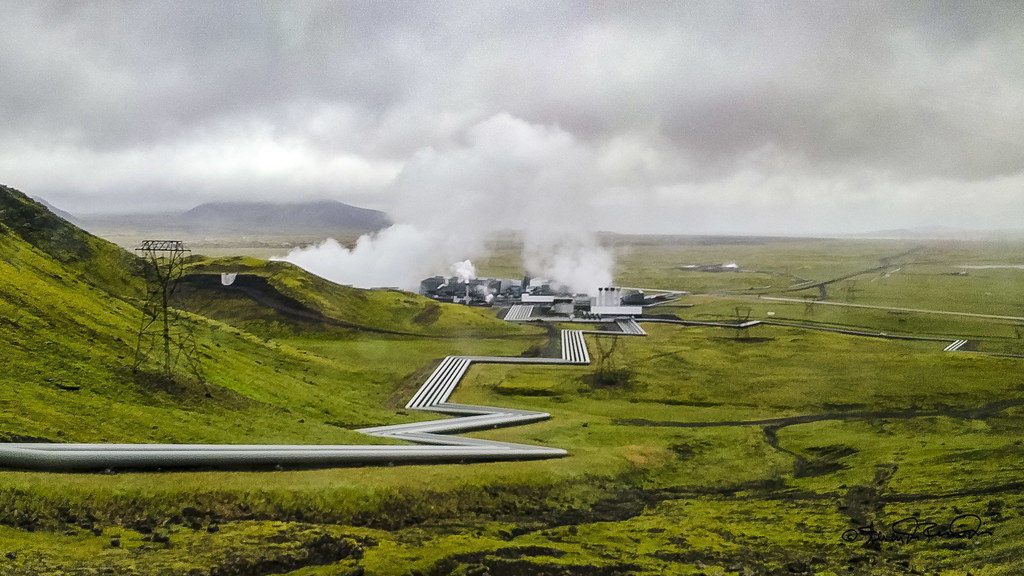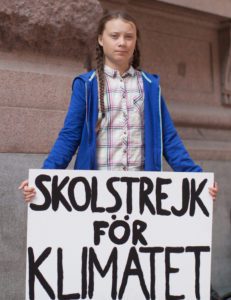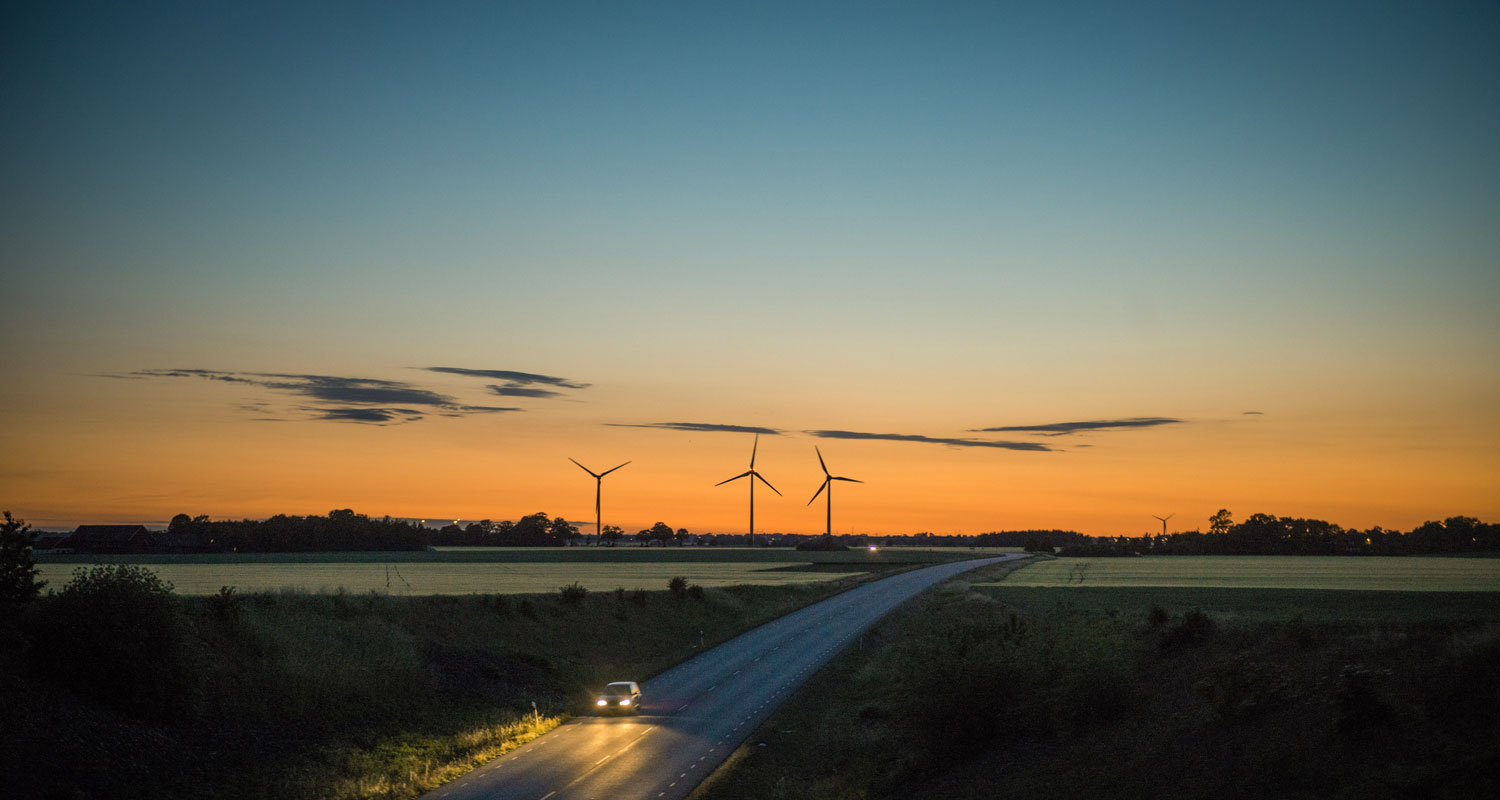Few areas of Europe are set to feel the effects of climate change more acutely than the Nordic countries. Indeed, in Svalbard, a remote Norwegian territory well above the Arctic Circle, the effects are already being felt.
Heavy snowmelt is exposing residents to dangerous landslides, rendering large parts of the archipelago’s main settlement, Longyearbyen, unhabitable. Residents are having to move and there is even talk of relocating the graveyard – once frozen in permafrost – to somewhere less likely to succumb to avalanche and thawing.
Further south, in Iceland, glacial retreat is becoming steadily more evident. In 2014, Iceland’s smallest glacier, Okjökull, was the first glacier to be declassified as such by scientists. Its fate was subsequently made into a documentary. All of the island’s glaciers are set to disappear by 2200 if things carry on as they are.
These apparently urgent and worrying events are symptoms of a bigger change: global heating. With an awareness that the Nordic countries will be one of the hardest hit regions, governments and citizens are taking action.
A tradition of caring for the environment

Across the Nordic region, there is a tradition of looking after the environment. One striking manifestation of this is a lack of litter and relatively low levels of pollution – although these problems certainly do exist in larger urban areas. By contrast, rural Nordic landscapes can appear pristine by European standards. In remote pockets, it almost appears as if no one has ever inhabited the landscape.
Of course, there are many reasons for this. Most Nordic countries have fairly small populations relative to their land area, Denmark being a notable exception. Low population density means less strain on the land and less competition for resources. It also helps that the geography of certain parts of the region makes land unsuitable for agriculture. The further north you go, the poorer the soil and the harsher the climatic conditions.
Low population density means less strain on the land and less competition for resources.
But the fact that there are relatively few people is not the only explanation for the Nordic nations’ tradition of land stewardship – it’s cultural too. The right to roam enables Finns, Icelanders, Norwegians and Swedes to spend more time on the land and perhaps creates a greater sense of ownership and investment in its preservation.
Icelanders and Norwegians in particular feel a deep sense of connection to the land. Both countries underwent intensive urbanisation in the latter part of the 20th century, but until then were agricultural nations with highly dispersed populations. They’ve also both been historically reliant on fishing, and so perhaps they’ve learnt the hard way that nature can take away as much as it gives.
Early adopters of renewable energy

In terms of energy resources, the Nordic region as a whole is perhaps uniquely well endowed. Norway is famed for its oil wealth, yet its mountainous geography and abundant water and wind resources mean that its green energy potential is massive. 98% of electricity generation in Norway is already renewable, with the bulk of that generation coming from hydropower.
Neighbouring Denmark has seen massive renewables growth in recent decades. It has a reputation as a pioneer of wind power – a technology which it exports all over the world (two of the world’s biggest wind turbine manufacturers, Ørsted and Vestas, are Danish). This plays to Denmark’s strengths: unlike Norway, it is extremely flat, but its proximity to the air currents of the North Sea means that it is able to meet more than a third of its electricity demand from wind alone.
Denmark has a reputation as a pioneer of wind power – a technology which it exports all over the world.
Iceland occupies a completely unique position in a Nordic and global context. Located above a volcanic hotspot on the Mid-Atlantic Ridge, the country is able to meet 99% of its domestic heating needs with geothermal energy. Combined with hydropower, geothermal also contributes to electricity production, which is 99.9% renewable.
On the other hand, Sweden has more diverse energy generation profile. Along with Finland, it’s the only Nordic country to use nuclear power. It has significant hydropower resources too: together nuclear and hydro deliver 80% of Sweden’s electricity. Biomass is also a significant contributor to the energy mix, being used primarily for space heating. Today, as in many countries, wind power is the fastest growing renewable energy source.
Around 25% of Finnish electricity is produced from hydropower. As in Sweden, biomass makes up a relatively high share of electricity production too, at around a sixth. A distinctive feature of the Finnish energy mix is the contribution made by black liquor, a waste product of the wood industry, which is gasified and burnt as fuel.
Leading lifestyle change
Despite the Nordic countries’ above-average green energy track record, the climate challenge cannot be overcome by this alone. The biggest gains stand to be made from permanent changes in lifestyle that reduce individuals’ carbon footprints.
Norway is building on its green energy foundation with a rapid take-up of electric vehicles. They’ve been topping the rankings for some time in terms of the proportion of new vehicles sold that are fully electric. In March this year, that figure hit 60%, a new global record. It plans to ban sales of internal combustion engine vehicles by 2025.
In Sweden as in other Nordic countries, the country’s geography and population distribution mean that domestic flights are convenient and relatively cheap. In the first quarter of this year, airport operator Swedavia reported an 8% drop in passenger numbers, coinciding with an 8% uptick in train journeys noted by Swedish Railways for the same period.

If there is a figure who best embodies Nordic progressiveness on climate issues, it’s likely to be Greta Thunberg (pictured left, photo: Anders Hellberg/Wikimedia Commons). She began protesting for more urgent action on climate change outside the Swedish parliament at the age of 15. She was the founder of the school strikes for climate movement, which has spread to many other countries across the globe.
The shift from air to train travel is attributed to flygskam or “flight shame”, namely an embarrassment about taking a flight when another option is available. Greta’s personal refusal to fly, instead opting to take the train for trips around Sweden and abroad, is thought to have popularised the idea of flygskam – a phenomenon which is part of a wider awakening to environmental issues in the Nordic region and beyond.
Environment, Icebreaker September 2019, Nordic culture, Nordic focus




